No more wedding photos of bride and groom clinking wine glasses. No wedding veils. No extravagant banquets or over-the-top flower arrangements. And no pictures of the bride lighting the groom’s cigarette.
All those smack of anti-socialist attitudes, and don’t embrace traditional North Korean ideals, authorities in the country say.
Instead, women should dress in traditional if colorful attire (men can wear Western suits), and weddings should be humble, “patriotic” affairs that are less wasteful as the country suffers chronic food and fuel shortages, sources in the country told Radio Free Asia.

The wedding guidelines, which also tell newlyweds to avoid sunglasses, clothes emblazoned with foreign letters, large flowers worn on the bride’s head and long vehicle processions, were announced in recent community lectures, a resident of the South Hamgyong province said on condition of anonymity to protect her safety.
“The core content is that weddings should be frugal, and done in [the North Korean]way,” she said.
Those who are seen to be violating the “noble morals of socialist lifestyle” were threatened with unspecified punishments, she said.
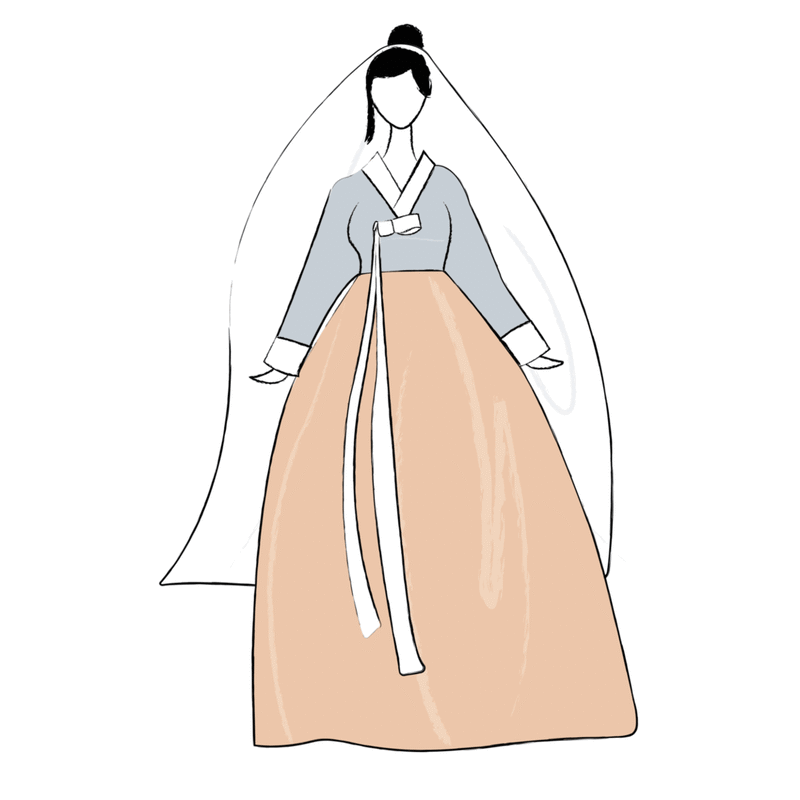
‘Unpatriotic’
Even in North Korea, weddings have become an occasion to show off wealth and status, and authorities appear to be alarmed about that.
Also, many weddings were postponed during the coronavirus pandemic, so officials held lectures on acceptable wedding practices in anticipation of a nuptial surge this spring, the sources said.
“The lecturer talked about how some people set up lavish wedding banquets or show off their power and status or arrange for a long procession of cars when the groom takes the bride away,” the first source said.
“Acts like these, they said, are unpatriotic because they waste fuel and food during this difficult time,” she said.
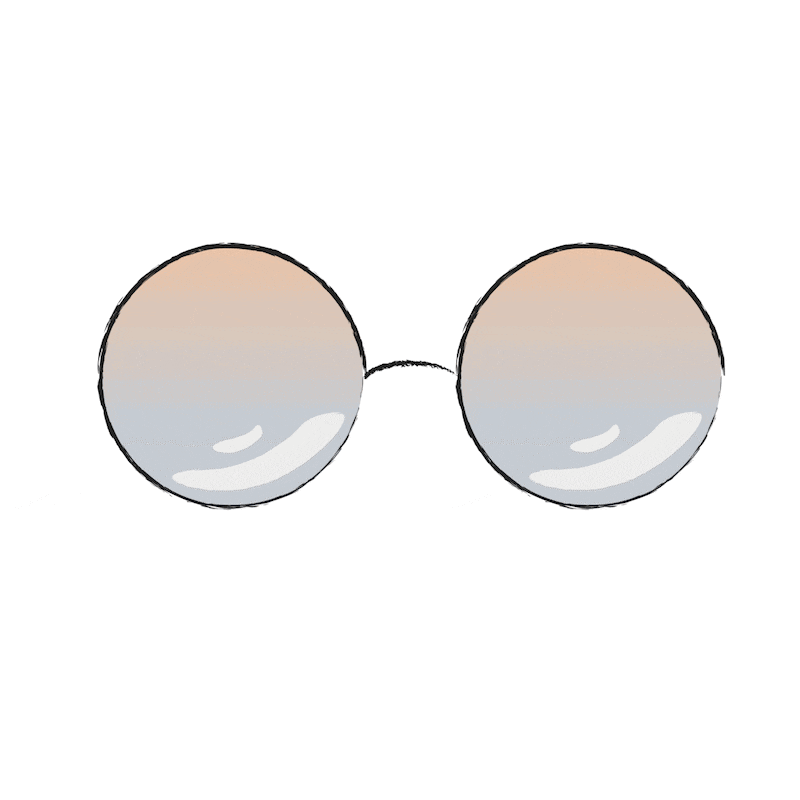
Wedding photos should also be formal to avoid displaying behavior that isn’t considered appropriate, the lecturers said, according to the residents RFA spoke to.
Attendees were told to avoid taking wedding photos that are not in the North Korean style, “such as of the groom holding and lifting the bride above his waist, or of the bride and groom clinking wine glasses or of the bride lighting a cigarette for the groom,” said the source.
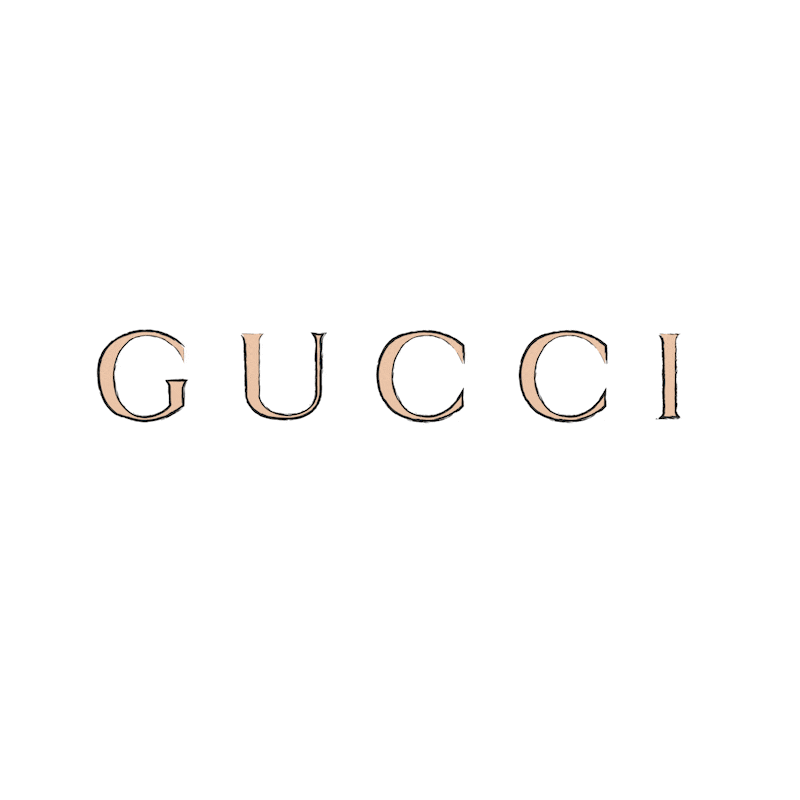
In nearby North Hamgyong province, these lectures focused on being humble in what types of poses are used in wedding photos, and spent a considerable amount of time discussing the choice of flowers during weddings, a resident there told RFA.
“Many years ago, the authorities issued guidelines on the size of the flowers that the bride and groom should wear on their chest and hair at weddings, as well as what they should not do when taking pictures,” the second source said. “We should not decorate the chest with flowers larger than 7-8 centimeters (3 inches) and on the head, no more than 15 (6 inches).”
She said that every flower shop has a picture showing the government’s standards for the size of wedding flowers.
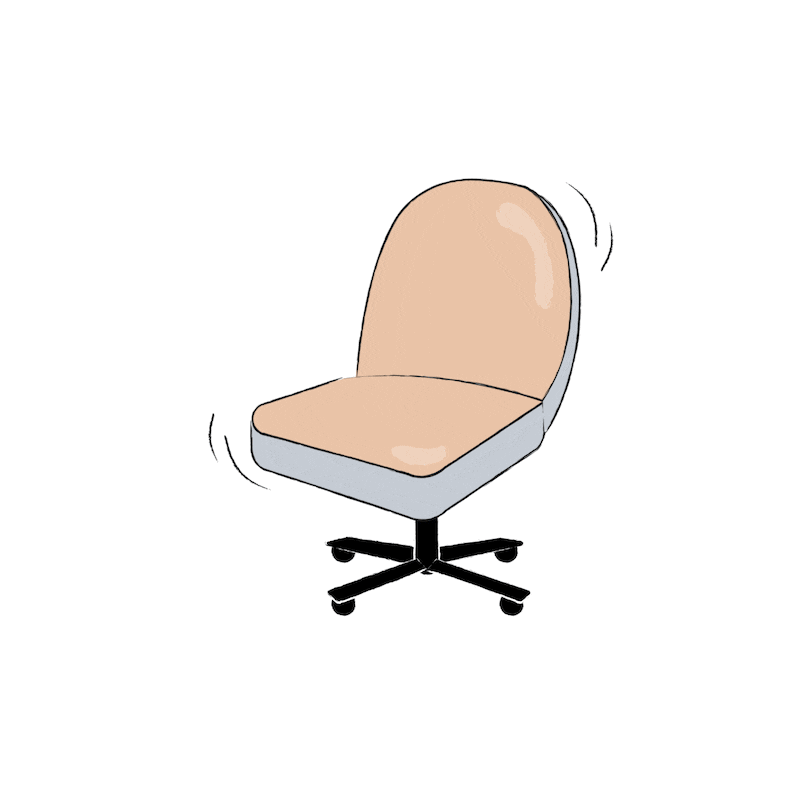
Don’t miss much work
Also, wedding attendees were told to miss as little work as possible, the first source said.
“Young people attending a wedding were advised to go after work,” she said. “And groups of 10 or more young people should not follow the bride and groom when they are on their photo shoot.”
The lecturers threatened to punish couples who violated the standards, but didn’t specify what their consequences would be. “The intention is to impose punishment according to recently adopted laws,” she said.
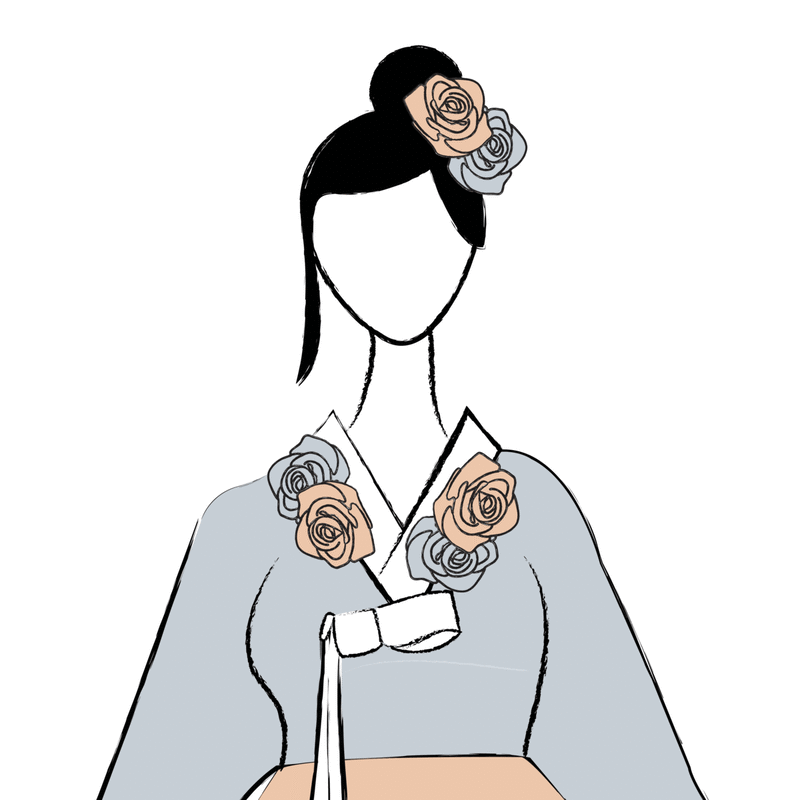
The source may have been referring to the 2020 Rejection of Reactionary Thought and Culture Act, which lays out punishments for various cultural offenses such as spreading South Korean or foreign cultural practices.
The law does not specifically list which acts are considered "reactionary," the Seoul-based Korea Joongang Daily noted in a report published shortly after it was passed.
But authorities have used it to prevent people from dancing in a “capitalist” way, speaking or writing “like a South Korean” or lending money at high interest rates.

Translated by Claire Shinyoung Oh Lee. Edited by Eugene Whong and Malcolm Foster. Illustrations by Amanda Weisbrod.
